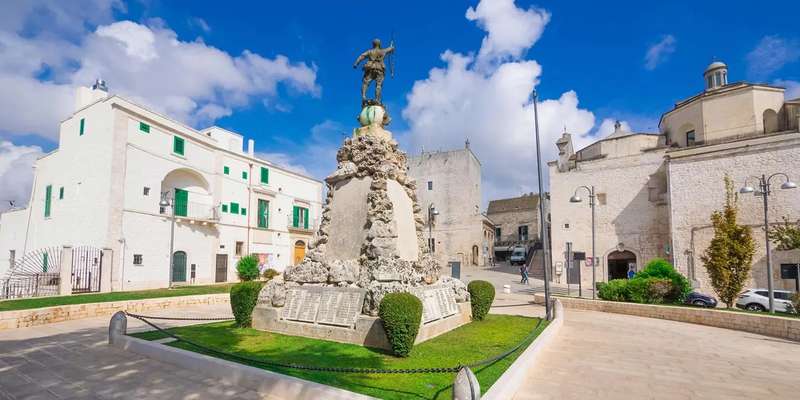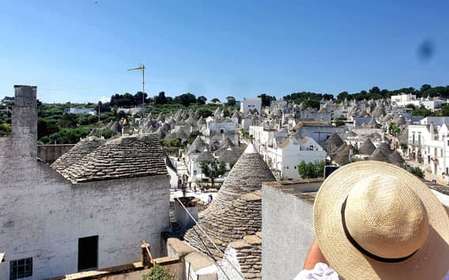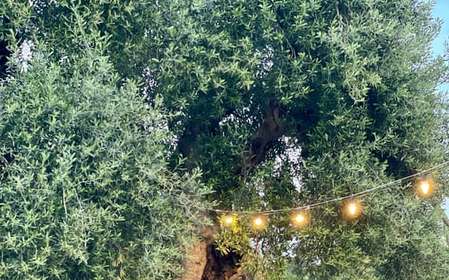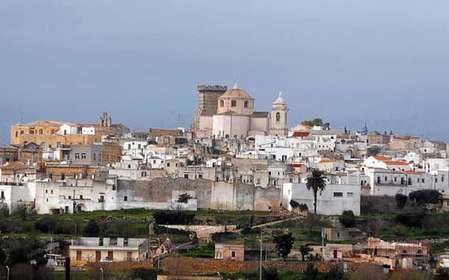- Home
- Useful Tips
- First-time visitor's guide to Brindisi
Arriving in Brindisi presents a charming yet confusing paradox. The city's ancient Roman port and Baroque architecture compete for attention with chaotic parking, seasonal crowds, and limited English signage. Over 73% of first-time visitors miss the hidden gems within the old town's labyrinthine alleys, according to regional tourism data. Many fall into predictable traps – overpaying for mediocre seafood near the cruise terminal or wasting precious hours searching for authentic local experiences. The frustration compounds when you realize this Adriatic gateway could have been your perfect introduction to Puglia's slower pace of life, if only you'd known where to look. These missteps aren't just about wasted euros; they represent lost opportunities to connect with Brindisi's layered history and vibrant contemporary culture.


Decoding Brindisi's confusing arrival experience
Stepping off the train or ferry into Brindisi's transport hubs feels like entering an unsolved puzzle. The port area's layout deliberately obscures the quickest path to the historic center, sending many travelers trudging along unshaded industrial roads. Savvy visitors head immediately for the underground pedestrian tunnel near the cruise terminal – a local shortcut that bypasses three traffic-heavy intersections. Taxis here operate on an unusual zone system rather than meters, so always confirm fares before entering. If arriving by air, the inexpensive airport shuttle drops you at the wrong side of town for most attractions; walk ten minutes east to catch the circular city bus instead. These nuances matter because Brindisi's true character reveals itself gradually, and starting your visit frustrated sets the wrong tone for discovering Puglian hospitality.
The two Brindisi neighborhoods that deserve your time
Brindisi divides neatly into distinct personalities, though most tourists only see the postcard-perfect but touristy Lungomare Regina Margherita. The authentic heart beats in the Centro Storico's crumbling palazzos and artisan workshops, where elderly men still play cards in hidden courtyards. Don't miss the Romanesque churches along Via Colonne – their uneven floors testify to centuries of earthquakes. For contemporary energy, the up-and-coming Bozzini district offers innovative trattorias between vintage clothing stores. These areas sit just fifteen minutes apart on foot, yet feel worlds different. Allocate mornings to history in the old town, then join locals for aperitivo hour near the University. This rhythm lets you experience Brindisi's duality without exhausting cross-town walks during the midday heat.
Where to stay: balancing charm and convenience
Brindisi's accommodation scene traps unwary visitors in a false choice between characterless chain hotels near the station or impractical rural masserie. The sweet spot lies in converted 18th-century townhouses within the Zona a Traffico Limitato – these boutique stays put you steps from monuments while avoiding nighttime scooter noise. Look for properties with internal courtyards; their thick stone walls provide natural cooling during Puglia's scorching summers. Budget-conscious travelers should consider the residential area behind Piazza Vittoria, where family-run B&Bs offer substantial breakfasts with homemade pastries. Whatever you choose, verify parking arrangements beforehand – Brindisi's ZTL fines catch many off guard. Those driving in should know the secret free parking lot behind the Hospital complex, a safe overnight option just seven minutes from the Roman columns.
Eating beyond the obvious: a local's seafood strategy
Brindisi's culinary reputation suffers from too many visitors settling for mediocre tourist menus along the port. The city's real seafood magic happens inland, where fourth-generation pescivendoli (fishmongers) supply tiny trattorias with that morning's catch. Follow locals to unmarked osterias near the fish market for spaghetti ai ricci (sea urchin pasta) at half the portside prices. If you see handwritten signs advertising 'fritto misto di paranza', stop immediately – this mixed fry of tiny local fish represents Adriatic tradition at its best. For a unique experience, visit the Cantina Sociale cooperative during their Friday tastings; their crisp white wines perfectly complement briny oysters. Remember that authentic places rarely open before 8:30pm – that empty dining room at 7pm isn't a red flag, but proof you've found the real deal.



